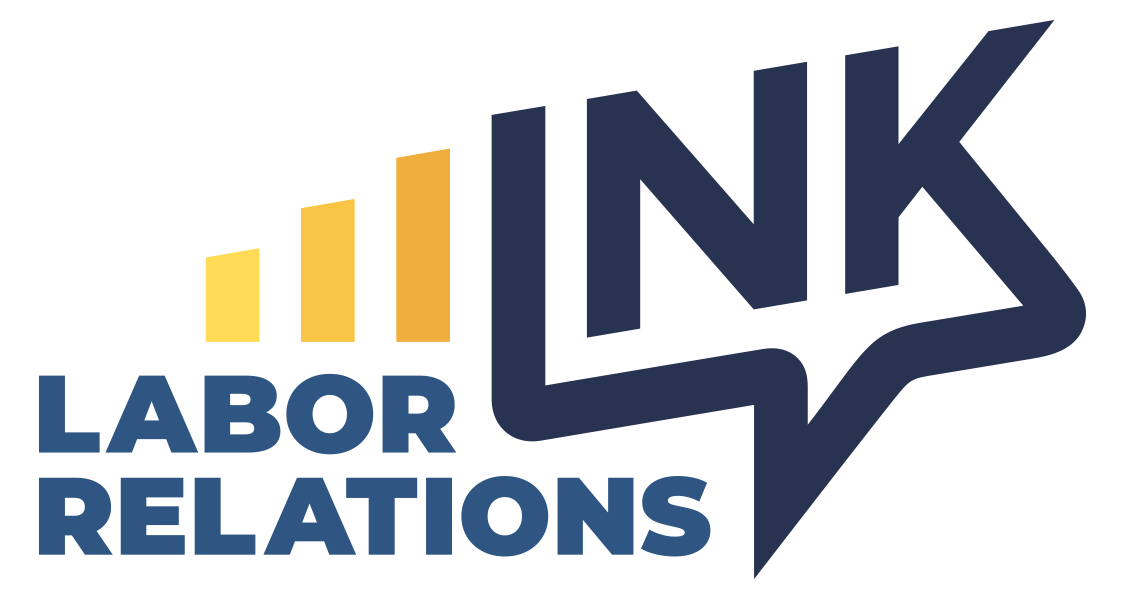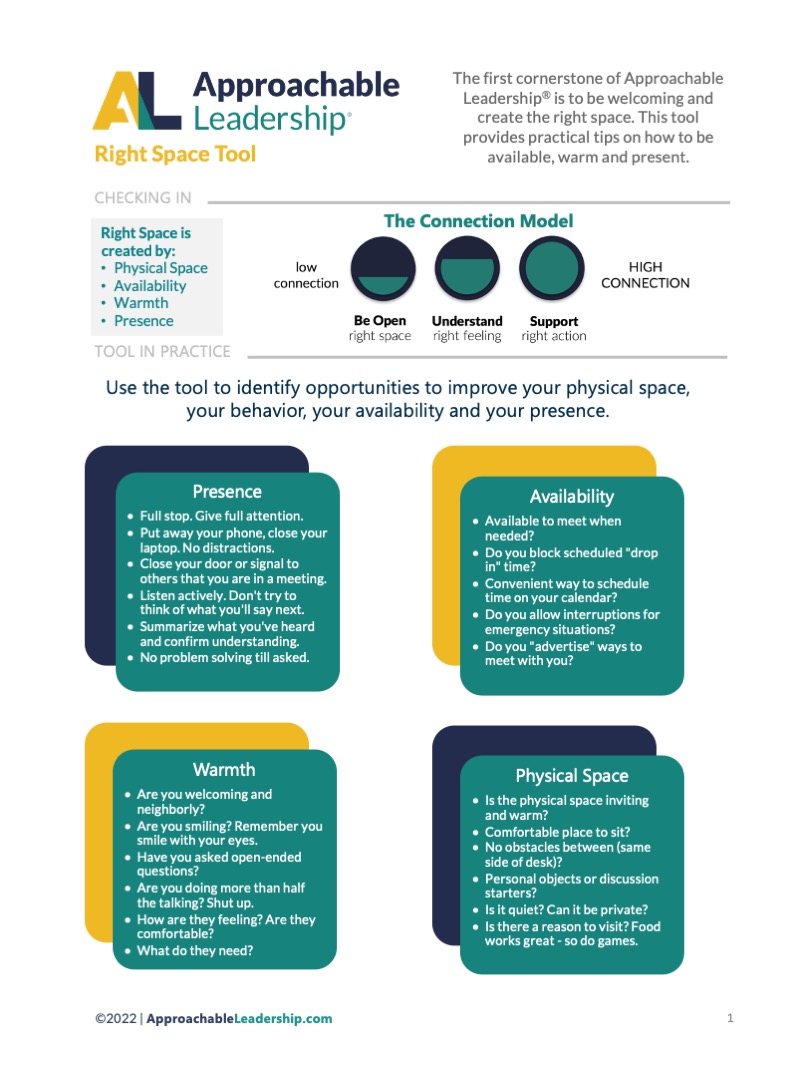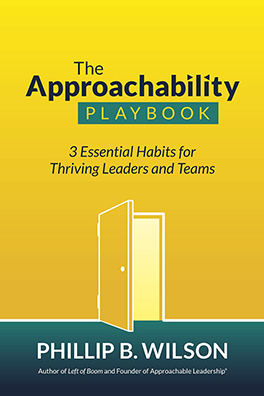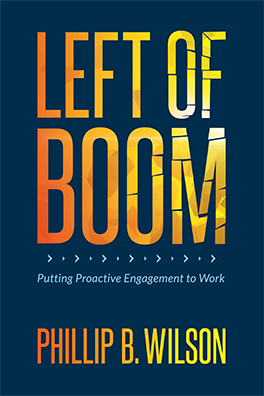Starbucks’ drink menu can be tweaked into an infinite variety of different drink possibilities. In the same way, there is no shortage of benefits from listening to workers’ concerns before they blend into a labor disaster.
That has been the critical lesson since Starbucks CEO Laxman Narasimhan took the reins in spring 2022, finding his work cut out for him on the labor front. His predecessor, Howard Schultz, had been openly combative, even engaging in fiery Senate testimony with a mix of denial and defensiveness, on the subject of unions after the company found itself caught off guard during the initial organizing wave during the pandemic.
Perhaps Starbucks had been too overconfident in its ability to withstand a union. After all, food-service unionization had been considered improbable at that time, given the difficulty of organizing high-turnover workplaces. Yet the lack of a playbook for management in how to respond to union activity exposed vulnerabilities for Workers United to insert its salts and go to town.
Now that 2024 has arrived, the dust has not settled at Starbucks, but Narasimhan appears to be slowing momentum for the union, which now claims 385+ wins – still a minuscule number compared to 9000+ U.S. locations. However, the NLRB has also piled onto the company with no shortage of tactics, and the company awaits Supreme Court deliberations on Starbucks’ handling of the so-called “Memphis Seven.”
The entire ordeal is the subject of an investigative report by Restaurant Business (paywall), which details Starbucks’ full-circle realization of why frontline baristas –suddenly deemed essential employees during the pandemic – began to explore unionization.
A few quotes from CEO Laxman Narasimhan hit particularly hard:
On Starbucks’ early response: “The company was naïve… So, mistakes were made.”
On the consequences of reacting to union activity without an existing game plan: “No wonder Howard said some of the things he did.”
On the struggle to find solid labor footing: “It’s a vicious cycle.”
The article details how Starbucks has spent the past year implementing policies that train supervisors how to respond to organizing activities. Executives have also invested extensive effort into looking at the working conditions inside Buffalo, NY cafes, leading them to be the first to unionize at Starbucks.
The simple reality of this complex situation is that Starbucks’ labor unease will not be easily solved, especially given that hostilities have been brewing for years. After all, workers acknowledged their new CEO by striking at 100 cafes. Narasimhan, to his credit, then doubled back to address worker morale. He began working regular barista shifts, and he now requires corporate workers to spend four hours per month behind the cafe counter so that they never lose perspective on labor issues.
These strategies point towards the coffeehouse giant taking accountability for missteps. Starbucks Board of Directors commissioned a report concerning Starbucks’ adherence to freedom of association and collective bargaining commitments in its Global Human Rights Statement, which included many of the findings mentioned in the Restaurant Business article. By requesting to reopen contract negotiations, Starbucks has also apparently decided to continue as a partially organized company in the hope that a revamped focus on baristas’ experiences will help them realize that a third party does not better serve their concerns.
Could this new outlook eventually lead to the extinction of Workers United within the company? Years will likely pass before that question finds an answer, but Starbucks has shown that righting a ship is much more complicated than making sure it never veers off course in the first place.






